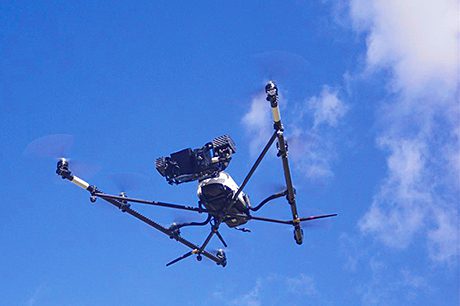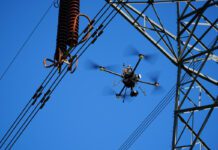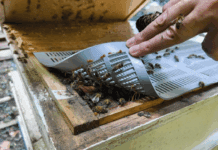
A pair of lightweight, miniature spectrometers from optical sensing specialist Ocean Optics are being used to investigate plant parameters in an area of New Zealand grassland.
The compact STS model spectrometers, one deployed as a ground unit and the other housed aboard an unmanned aerial vehicle (UAV), are making synchronised hyperspectral measurements of barley and sugar beet crops to assess plant characteristics. The intention is to help with more effective crop management.
The UAV-based system (pictured, below right) was developed by a multinational team of researchers. The team also conducted the initial experiments, gathering high-resolution reflectance spectra from the airborne spectrometer at altitudes of up to 200 meters while also collecting irradiance spectra measurements from the ground-based spectrometer. According to team leader Andreas Burkart, collection of hyperspectral data by field spectroscopy is a time-consuming task and often is restricted to easily accessible areas.
The STS is a CMOS detector-based spectrometer measuring 40 mm x 42 mm and weighing a little over 2 ounces (68 g). It is claimed to perform comparably with larger systems, providing full spectral analysis with low stray light, high signal to noise (>1500:1) and excellent optical resolution. For the application described here, the researchers were able to match the performance of the STS to that of a larger, more expensive commercially available field portable spectrometer, with optical resolution of ~2.5 nm (FWHM).






